Menu
You can manage your membership and billing method by clicking here
Terms of Service
Privacy Policy
Copyright © 2025 Office of Immigration Australia, a private company registered in Australia. All Rights Reserved.

Checking membership status...
 EXCLUSIVE MEMBERS ONLY ACCESS
EXCLUSIVE MEMBERS ONLY ACCESSTo access this month’s edition & Member’s only resources, enter your registered email address.

This bulletin is for members only, and provides our members with month to month updates on Australian immigration policy changes and consequential opportunities. Opportunities are found via federal and state government policy shifts for the demand and supply for certain occupations.
This bulletin will keep you up to date so that you do not have to employ expensive immigration lawyers to provide you with monthly research.
JULY 2021 has produced an international ‘War for talent’ search, as an additional 22 occupations have been added to the Priority Migration Skilled Occupation List (PMSOL). International professionals on the PMSOL who are looking to work and live in Australia will now see their visas fast-tracked, as the government looks to plug a shortage of talent in these professions.
Let’s take a look at what has happened so far and what is planned for the remainder of JULY 2021 in Australian Immigration, so that you can start planning!
As legislation and travel requirements are constantly changing, we strongly recommend obtaining advice on your individual situation from a Registered Migration Agent.
Please click here to book a consultation with one of our Registered Australian Migration Agents, located in Australia.
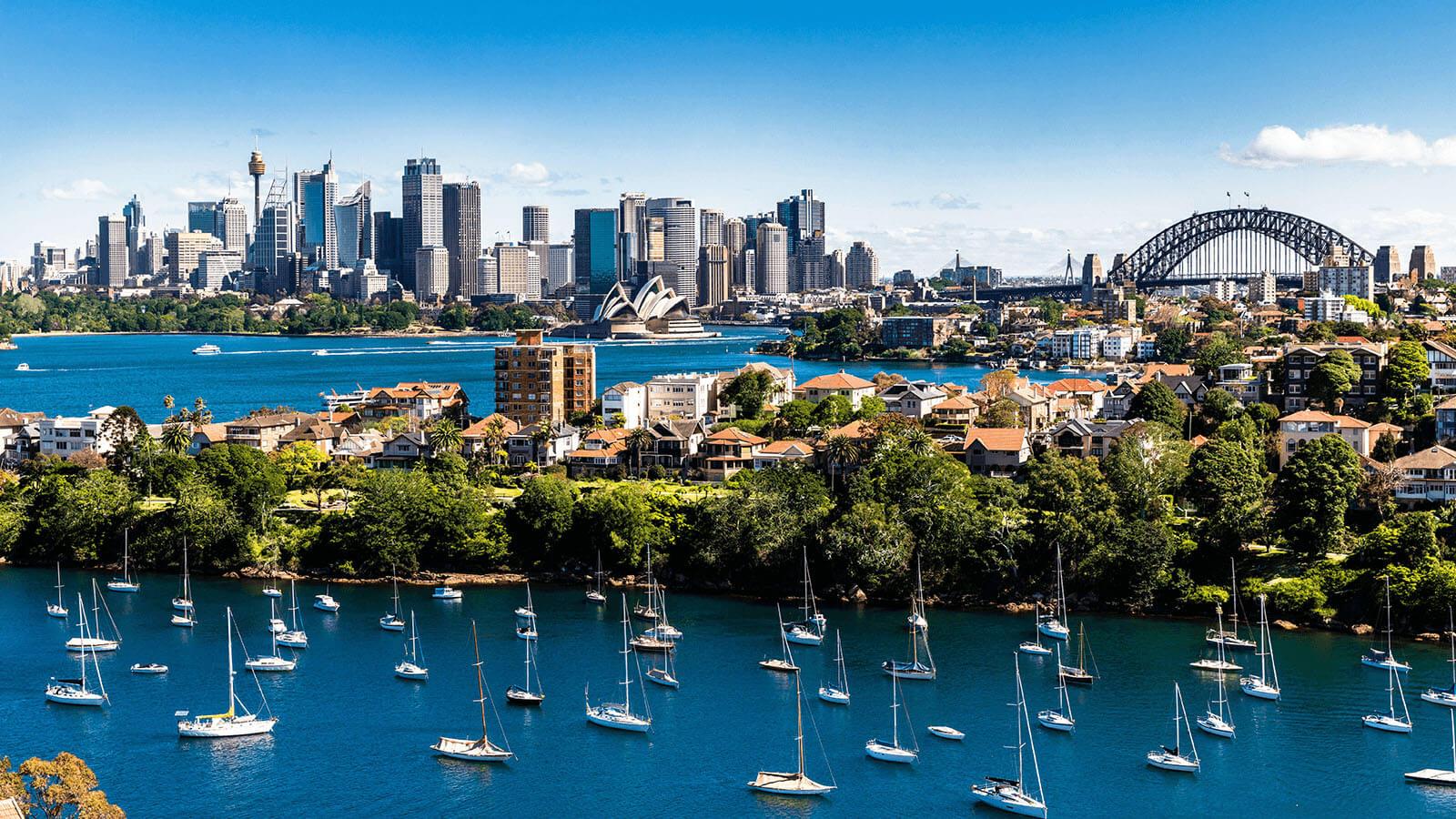
As we’ve entered the seventh month of the year, join us for a look at the latest news and developments in the world of Australian Immigration.
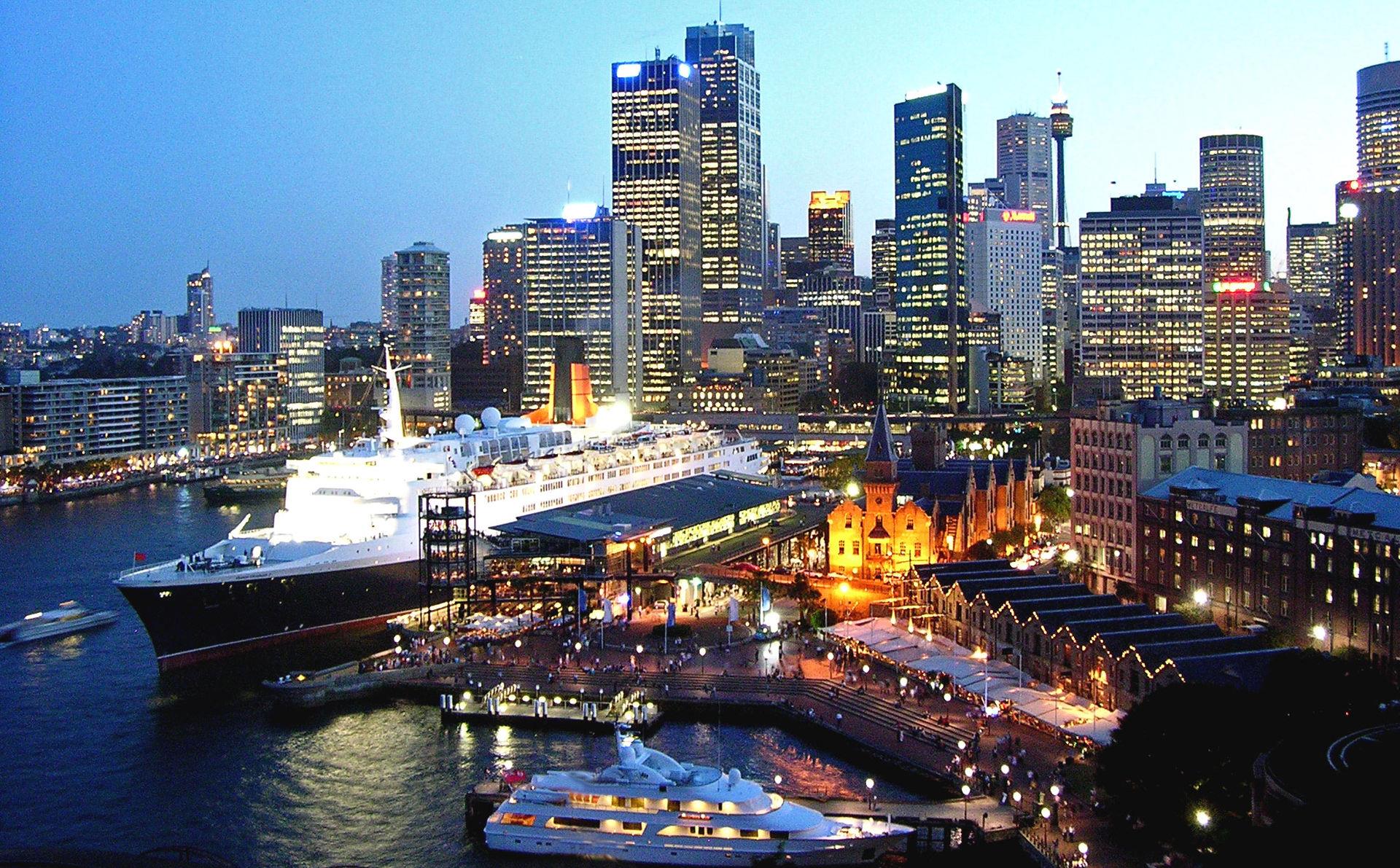
The Morrison government has more than doubled its priority occupations for skilled visas after lobbying from business in a bid to fill “critical” vacancies.
The 22 new occupations, including auditors, accountants, vets, civil engineers and chefs, will be given priority processing for migration and travel exemptions, although they will still be subject to domestic quarantine caps and are likely to face problems getting flights.
It comes as major audit firms reported it takes up to six months to recruit experienced auditors due to COVID-19 travel restrictions, and as the mining giants lobbied this week for a special visa to bring 30,000 overseas workers into Western Australia.
Immigration Minister Alex Hawke said the government had “received valuable feedback from Australian business stakeholders on critical skill vacancies, which has been considered together with data from the National Skills Commission”.
The new occupations take the priority list from 19 to 41 and include tax accountants. internal and external auditors, electrical and petroleum engineers, prosthetists, multimedia specialists, software programmers, ICT security specialists and chefs.
Employer groups and professional associations, who have been lobbying for the expansion for the past six months, praised the decision as a landmark moment.
Australian Mines and Metals Association chief executive Steve Knott said “today’s announcement may well prove to be a turning point in Australia’s skills crisis”.
“Prolonged closed borders to the small pool of international skilled migrants that supplement our domestic workforces has wreaked havoc on Australia’s resources industry, as it has most others.”
Chartered Accountants executive Simon Grant said the audit profession was experiencing “a war for talent as a result of the current border restrictions coupled with the longer-term growth in demand for audit professionals”.
“This is a welcomed decision from a government who recognises the need for experienced accountants and auditors to maintain trust and confidence in financial reporting and in the economy.”
Australian Hotels Association chief executive Stephen Ferguson said the international borders meant the sector could not access the “usual stream of international chefs”.
“Some of our most successful hotels are currently more than 50 per cent down on job applications for the same time last year.”
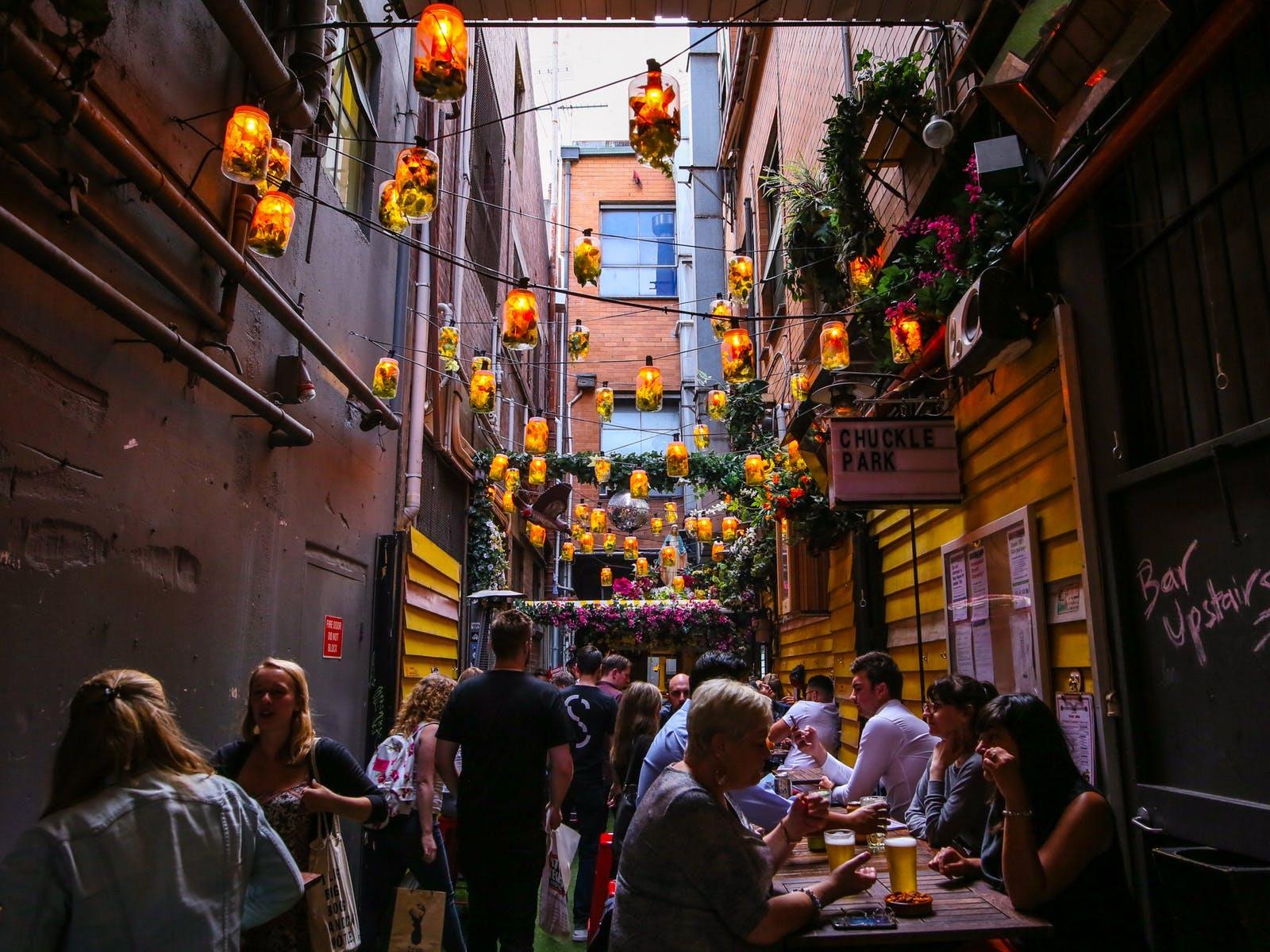
Australia’s population growth will become increasingly reliant on overseas migration over the next 40 years.
For the past decade net overseas migration has accounted for around 60 per cent of the annual increase in Australia’s population but that will rise to about 74 per cent by 2060-61, the federal government’s 2021 intergenerational report (IGR) says.
The report, which examines long-term economic and budget trends, is the first of five published since 2002 to downwardly revise Australia’s long-term population growth projection. The previous IGR, released in 2015, predicted a national population of 37.8 million by 2050 but that has now been scaled back to 35.3 million.
The “most significant” trend causing the lower population forecast is a slump in the fertility rate. The 2015 IGR assumed a rate of 1.9 babies per woman but that has been cut to 1.6 babies per woman. Fertility in Australia has been below the “replacement rate ” of 2.1 – the level required to keep the population size steady – since the late 1970s.
Because migrants are, on average, younger than the existing Australian population, the report says migration reduces the average age of the population and slows the rate of population ageing.
Modelling for the report found the average skilled migrant contributes more to the federal budget in taxes – and costs the federal budget less in welfare and other payments – over their lifetime than the general population. It found skilled migrants also make a significant economic contribution during their lifetime.
“Sustainable migration provides greater certainty for governments, businesses and individuals to plan for the future. Higher migration rates bring forward higher demand for services, natural resources, urban land and infrastructure, which may be in limited supply and vary significantly based on region.”
Migration Fellow at the Grattan Institute, Henry Sherrell, said it has proved difficult to encourage skilled migrants to settle permanently outside of Australia’s major cities.
“We know that recent immigrants are much more likely to live in large urban centres than the average Australians.” he said.
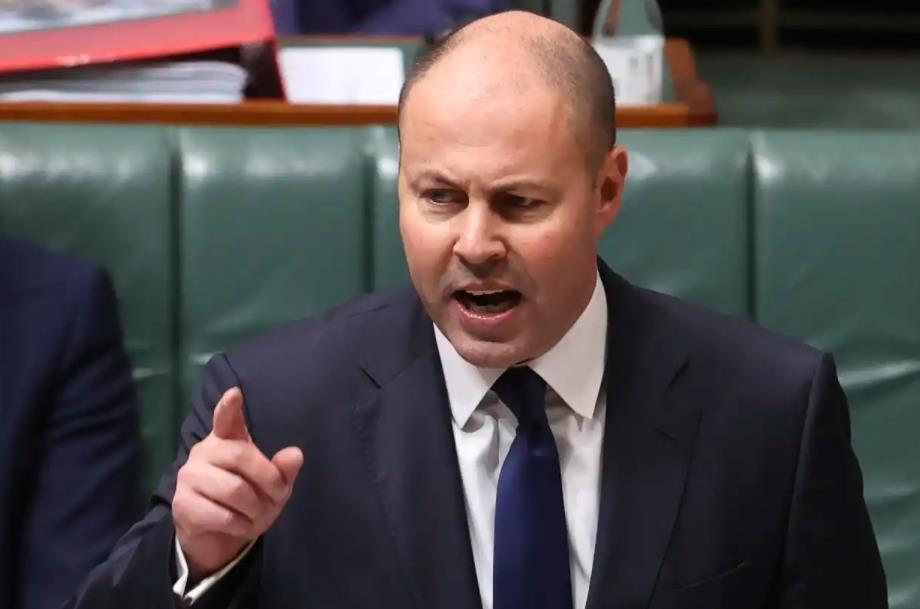
Australia will be mired in debt and deficit for at least the next 40 years unless it boosts skilled migration, workforce participation and productivity, and embarks on budget repair, Treasurer Josh Frydenberg says.
Mr Frydenberg will flag the four-pronged approach on Monday when he responds to the latest Intergenerational Report (IGR) to be released by Treasury.
“A well-targeted and sustainable skilled migration program. Lifting participation, particularly for women and older Australians. Boosting productivity, through broad-based reforms. And strong and sound budget management,” he will say.
The IGR, the fifth to be released and the first since 2015, attempts to forecast the state of the budget 40 years hence. It finds the pandemic has exacerbated the long-term challenges posed by an ageing population and a dwindling workforce.
The most enduring economic effect of the pandemic will be reduced population growth.
“This means the economy will be smaller and Australia’s population will be older than it otherwise would have been, with flow-on implications for our economic and fiscal outcomes.”
In March, Prime Minister Scott Morrison spoke of the need to revamp skilled migrant visas as soon as international borders open and Mr Frydenberg will reinforce this.
“A well-targeted, skills-focused migration program can supplement our stock of working-age people, slow the transition to an older population and improve Australia’s economic and fiscal outlook.”
Based on current settings, the IGR forecasts no return to surplus and for the nation to remain in debt over the next 40 years.
It will come close to balance in 2036-37, reaching 0.7 per cent of GDP before falling away again to 2.3 per cent of GDP by 2060-61, a consequence of increased spending on aged care and health, interest on debt and an inability to raise taxes due to the constraints of the government’s self-imposed 23.9 per cent tax-to-GDP ratio.
However, there is some leeway for tax increases in the shorter term. The IGR notes the tax-to-GDP gap will be reached in 2036-37, four years later than the 2015 IGR forecast.
Before the pandemic, the budget forecast a surplus in 2029-30 equivalent to 1.7 per cent of GDP. The IGR now predicts a deficit of 1.7 per cent of GDP at the same time, a differential of $109 billion.
As for debt, 2019-20 budget plans for Australia to have eradicated net debt by early next decade have evaporated and the IGR anticipates a net debt of 34.4 per cent of GDP by 2060-61.
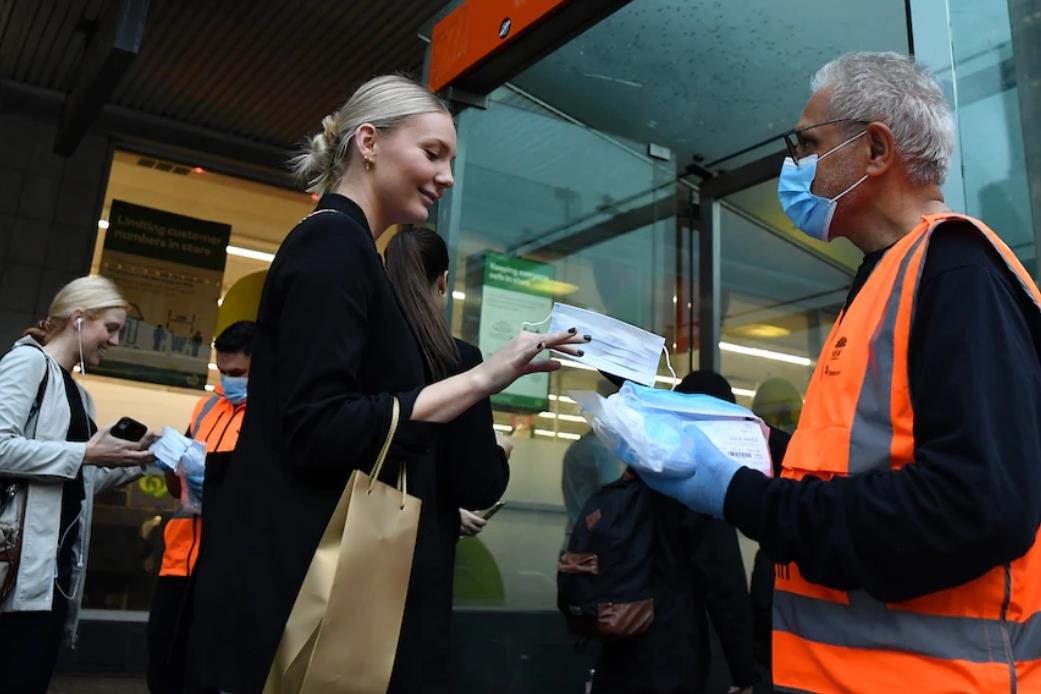
National Cabinet has agreed to a four-stage plan that would see Australia transform into a vaccinated nation that manages COVID-19 with few restrictions.
The goal, as Prime Minister Scott Morrison said, is for Australia to begin treating COVID-19 “like the flu”.
It would mean governments shift from focusing on case numbers to focusing on rates of hospitalisation and death as Australians learn to live with low rates of mild illness in the community.
To get to a point beyond lockdowns and border closures, Australians will need to roll up their sleeves and get vaccinated, but leaders are yet to agree how many jabs it will take to open up.
Here’s what we know about the early draft of the plan.
Phase 1: The one we’re already in
The plan agreed to on Friday still needs some work to iron out the details, but broadly speaking it would begin with where we are now.
That is, a partially vaccinated nation that relies on harsh measures affecting all citizens to control, contain and suppress outbreaks of COVID-19.
But there are some changes afoot, including:
• Increasing Commonwealth-facilitated flights to Australia
• Experimenting with alternative forms of quarantine like seven-day home quarantine for vaccinated travellers
• Developing digital ways of verifying a person’s vaccination status
Mr Morrison said lockdowns would only be entered into as a “last resort” in this phase — however, he did not clarify whether an agreed standard of “last resort” had been decided.
How do we move on to phase 2?
Crucial to the road back to normalcy is knowing when to move from one phase to the next.
The changes will be reliant on vaccination rates, sending a clear message to Australians that eased restrictions and a post-COVID world are directly linked to their choice to get vaccinated.
Chief Medical Officer Paul Kelly has been tasked to work with experts at the Doherty institute to come up with vaccination thresholds that can be tied to each stage.
“It won’t be based on people’s opinions. Or their politics. It will be based on that scientific evidence,” Mr Morrison said.
The Prime Minister did not commit to a timeframe for how long it would take to reach phase 2, or any of the subsequent phases.
But he said he hoped “we’re getting in that second phase next year”.
Just over 8.3 per cent of Australians over 16 have received two doses of a COVID-19 vaccine, and 30 per cent have received at least one shot.
Phase 2: Case numbers to become less of a focus
Mr Morrison said phase 2 would change the focus from suppression to minimising “serious illness, hospitalisation and fatality”.
He said the measures for future phases were yet to be finalised, but “may include”:
• Easing restrictions like lockdowns and border controls on vaccinated people
• Changing lockdowns so they only are geared towards preventing hospitalisations and deaths in extreme circumstances
• Raising inbound passenger caps, including a separate, larger cap for vaccinated travellers
• New quarantine arrangements for vaccinated travellers
• Implementing or preparing a vaccine booster program
The basis of the shift away from focusing on case numbers is the fact that while vaccinated people can still contract COVID-19, they are extremely unlikely to develop serious illness.
Phase 3: ‘No more lockdowns’
This is the stage where Mr Morrison says Australia will begin treating COVID-19 more like seasonal flu.
“And that means no more lockdowns,” he said.
Potential measures in phase 3 include:
• No lockdowns
• Vaccine booster program underway
• Exempting vaccinated people from all domestic restrictions
• Abolishing caps on returning overseas travellers
• Allowing vaccinated people to leave the country
• Widening travel bubbles to more regions
Phase 4: ‘Back to normal’ — almost
Mr Morrison described the final phase of the plan as being “back to normal”, but there will be some remnants of the pandemic remaining.
For instance, in his description of potential changes, he said only vaccinated people may be exempted from quarantine, and also described testing of arrivals into the country.
But, as with every previous stage, movement to phase 4 would be incumbent upon Australians choosing to be vaccinated against COVID-19.
“If you get vaccinated, you get to change how we live as a country. You get to change how you live in Australia,” Mr Morrison said.
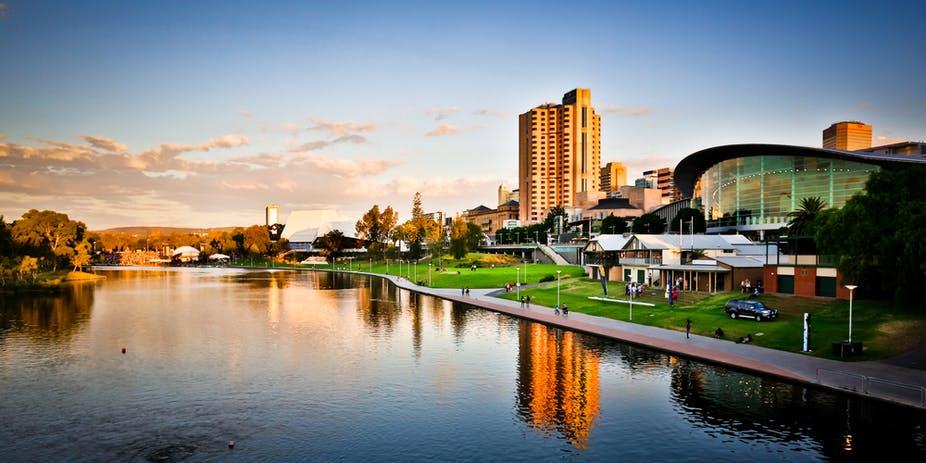
From 20 July 2021, South Australia will open its Skills Migration program for the financial year 2021 – 2022 and start receiving applications for 190 and 491 nominations. For this financial year nomination allocation, South Australia has been allocated 2,600 places for 190 and 491, which is 600 more places compared the financial year 2020 – 2021. This would mean that there are more chances to get a nomination from the South Australia Government.
| Factor | Detailed Requirements |
| Residency | · If you are in South Australia: you might be eligible to apply for almost all streams in the program. · If you are in Australia, but not in South Australia: you can only apply through the Talent & Innovator Employment Stream · If you are offshore: you can check the South Australia’s Skilled List to see which occupations are eligible for the state nomination. |
| Age | You must be under 45 at the time of nomination. |
| Occupation | Your occupation must be on the South Australia’s Skilled Occupation List. Note: each occupation might have their own set of requirements and you must meet these requirements. |
| Skills Assessment | You must have a valid positive skills assessment for your nominated occupation. |
| Work Experience | Work experience will depend on your nominated occupation. If you are required to meet work experience, it must be undertaken post-course completion, and must be at least 20 hours/ week. You might be waived the work experience in some circumstances. |
| English | English requirement varies depending on your occupation. However, the minimum English requirement is Competent English. |
| Points | Although the minimum points required by the Department of Home Affairs is 65 (including state nomination points), you might need to have high points as required by your nominated occupation. |
The state nomination requirement in South Australia, as always, is the most complex and difficult to navigate. However, it is also considered an opened and generous skilled migration program in Australia when this state opens its doors to applicants not residing in South Australia as well as offshore applicants.
There are several streams under which you can apply for a state nomination in South Australia, depending on your situation. However, there is a set of common requirements that you need to meet, and we will put these requirements in the simplest way.
Common South Australia State Nomination Requirements
South Australia’s Skilled Occupation List
Unlike the majority of other states/ territories in Australia, the requirement of Skilled Migration program in South Australia also depends heavily on which occupation you are nominating. The occupation list in South Australia not only informs you which occupations are eligible for the state nominations, but also shows you what requirements you have to meet. Navigating the occupational list in detail is important to understand:
For the new 2021-22 program year, South Australia has removed two steps from the application process used in the previous 2020-21 program year.
These are the removal of the exploratory visit to South Australia and also the removal of the requirement to submit an ‘Intention To Apply’ (ITA) form for the 2021-22 program year.
Accordingly, we will be assessing state nomination applications for subclass 188 visa products in four quarterly periods during the 2021-22 program year to assist with management of the allocation quotas provided by the Commonwealth Department of Home Affairs (DHA) over the entire program year.
These indicative dates are:
Application assessment timelines may be impacted by the volumes received and will be communicated accordingly throughout the program year as each assessment round is completed.
Applications for state nomination for the subclass 188 Business Innovation, Investor & Significant Investor streams will open on Tuesday 20th July 2021. Application access for the subclass 188 Entrepreneur stream will follow in August and a further announcement regarding this will be provided in due course.
The Tasmanian Visa State Nomination Program is now temporarily closed. * Subclass 190 nomination applications which were not finalised by 30 June 2021 will continue to be assessed into the 2021-22 program year. * Subclass 491 nomination applications lodged before 20 March 2021 which were not finalised by 30 June 2021 will also continue to be assessed into the 2021-22 program year. * All other applications which were not finalised by 30 June 2021 will be closed and the service fee refunded. An update on a recommencement date for the 2021-22 State Visa Nomination Program year will be confirmed over the next month. Victoria’s Business Innovation stream (subclass 188A) visa nomination program for 2021-22 are open to new applications as of 13 July 2021). For more information on the eligibility requirements and how to apply, see Business Innovation and Investment (Provisional) visa (subclass 188) – Business Innovation stream. We’ll provide more information on Victoria’s other subclass 188 visa nomination streams in the coming month.TASMANIA
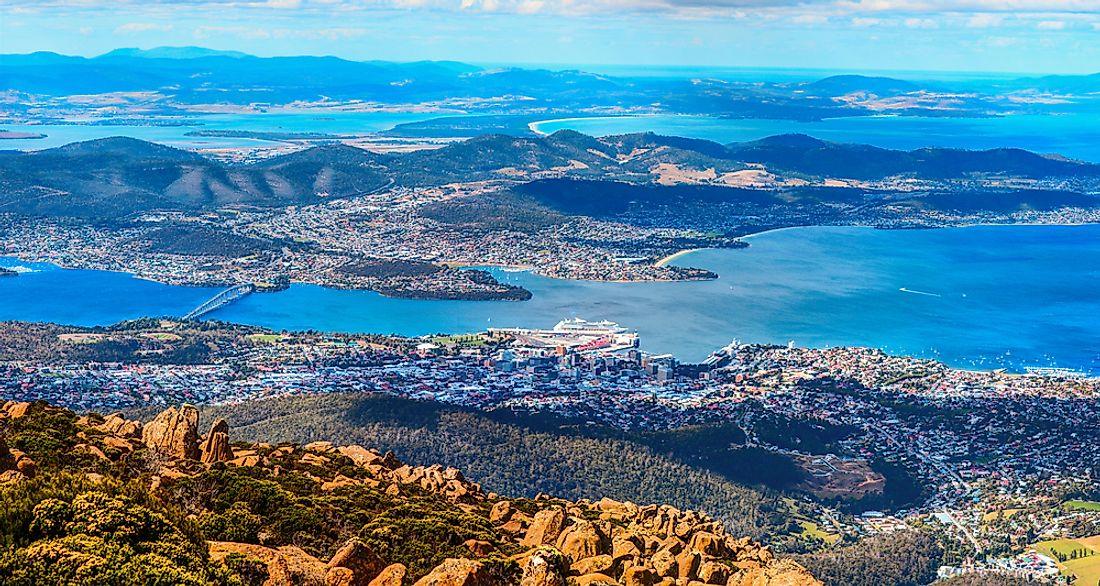
2020–2021 Program Update
Victoria
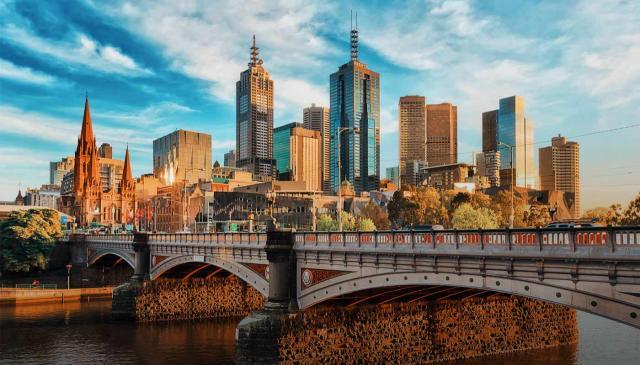
Business Innovation Stream (subclass 188A) visa nomination update
Click for More Articles
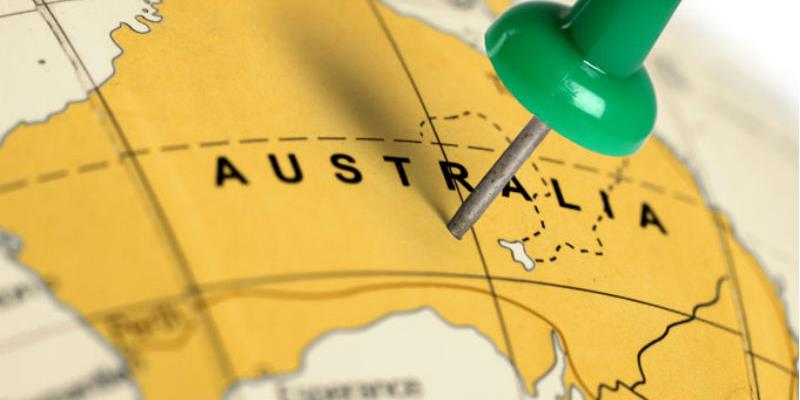
On 22 June 2021, the Minister for Immigration, Citizenship, Migrant Services and Multicultural Affairs, the Hon Alex Hawke MP, announced the inclusion of a range of additional skilled occupations to be added to the Priority Migration Skilled Occupation List (PMSOL).
The PMSOL, first announced in September 2020, was developed in conjunction with the National Skills Commission to ensure a small number of critical occupations are filled to continue to create Australian jobs and aid in Australia’s ongoing recovery from the impact of COVID-19.
These 19 occupations (ANZSCO code) are also on PMSOL: (41 occupations in total) Employer-sponsored applicants in the PMSOL occupations will be given priority processing for both nomination and visa applications in the following visa types: Applicants and existing employer-sponsored visa holders on the PMSOL can also request a travel exemption to enter Australia during the current border closures. However, the mandatory 14-day quarantine period still applies and will still be at the traveller or sponsor’s expense.
The addition of 22 occupations brings the PMSOL to 41 occupations in total. The 22 new occupations, including their ANZSCO codes, are:
Click for More Articles
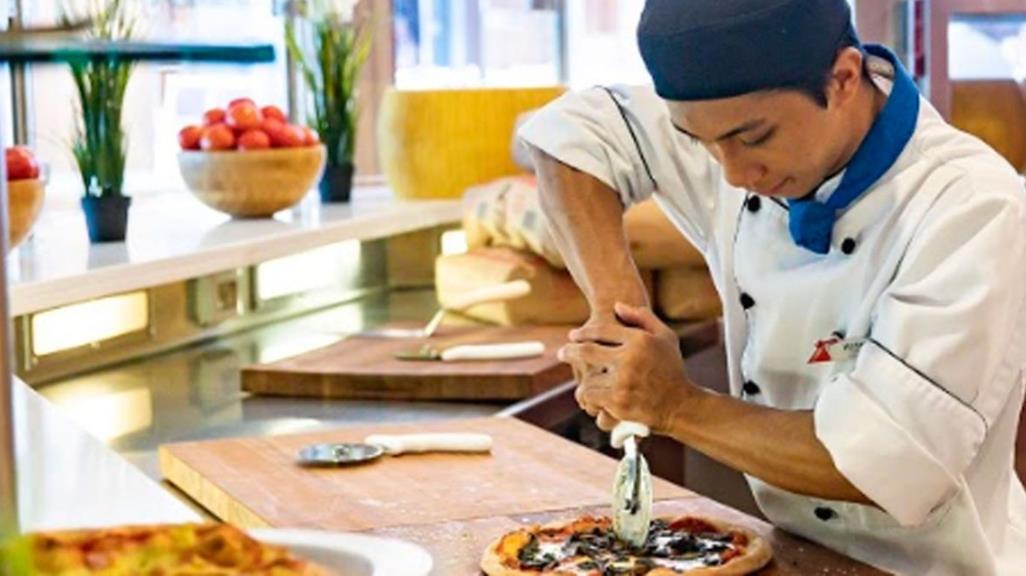
Chefs have been added to a greatly expanded list of priority skilled migrants in a timely boost for Australia’s struggling hospitality industry.
Immigration Minister Alex Hawke announced an extra 22 occupations to the Priority Migration Skilled Occupation List.
The PMSOL, first established in September last year, is meant to ensure critical skilled occupations will continue to be filled through the COVID-19 crisis.
President of the Australian Culinary Federation, Karen Doyle, said the peak body welcomed the additions of chefs to the list.
“There is a huge shortage of skilled chefs and cooks, in the culinary and hospitality industries,” she said.
She said while the shortage had pre-dated the COVID-19 crisis, the border closures that followed had exacerbated it. And the impact of restrictions and lockdowns on hospitality outlets had only applied more pressure.
“I’ve tried to travel wherever I can in the last couple months, and this has been the hot topic – nobody can find the staff they need,” she said.
“For something positive like this to come along is great.”
Mr Hawke said the list of new professions had been developed with the help of feedback from “Australian business stakeholders”.
“The Morrison Government will continue to support Australian businesses, including through skilled migration, as the engine room of our nation’s economy,” he said.
A quarter of the way down the Great Ocean Road, where the air tastes like the sea, Bryce Newcombe is making scones and surveying the weather through a window. “It’s sunny,” he says, hands kneading a giant bowl of dough. “So we could be quiet. But if it rains, we’ll be destroyed.” He tells Mike, a young man who used to work the graveyard shift at Crown Casino before being laid off due to the pandemic, to take over the dough. Mr Newcombe moves on to prepping ramekins of butter, jam, and cream, slicing bread and opening chilled containers of cheese and avocado smash. He looks down at his watch — 8:00am. “I hope she turns up,” he says. A woman he’d never met before agreed to travel from Melbourne for the week to be his dishy. A local, who usually works as a light technician, was supposed to do the job but a typo in a text message meant Bryce lost him to another cafe. “I was meant to say Monday to Friday but it auto-corrected to none to Friday,” he says, painfully. It’s the second day of the winter school holidays and almost every other state in Australia has gone into lockdown. Flights out of Victoria have been cancelled, while flights in are choked with couples and families forced to turn around and once again holiday at home. For seaside towns like Lorne and the business owners within them, the pandemic has been a blessing and a curse. Domestic tourism is thriving, not only making up for the lack of international visitors but creating a steady stream of revenue throughout the low season, shortening it from five months to just two. But it’s brought to the surface an issue that’s been brewing for more than 20 years; there’s nowhere to live, and when there’s nowhere to live, there’s no one to work. Long-term rentals have either been put on the lucrative Airbnb market, or owners taking advantage of the work-from-home revolution have moved in. When space opens up, competition is fierce. Employers enter into bidding wars for leases to secure a roof for staff they may not even have yet. Adding to the stress is finding the staff in the first place. According to organisations crisscrossing the country, Australia is facing a hospitality worker shortage chiefly due to a lack of international workers — and, in some cases, because the staff let go last year don’t want to come back. Those that are left aren’t staying in Victoria, Bryce says, instead opting for warmer climates and fewer lockdowns up north. The result: customers desperate to get out of cities and spend are experiencing reduced restaurant hours and menus, fewer places to stay, and shuttered businesses. To secure staff, employers are getting creative, offering higher pay and free accommodation. Mr Newcombe paid $4,500 to put one of his chefs in a hotel for two weeks then lost him to a business in Rockhampton offering $65 an hour for an all-expenses paid fly-in fly-out chef, another chef left after being offered a $200,000 salary for a gig in Byron Bay, and he was out-bid for front-of-house staff by a local rival pub offering $60,000 a year — almost $31 an hour. Forty-five minutes further up the Great Ocean Road, Apollo Bay’s Chamber of Commerce conducted a survey and found there were 85 permanent positions and 113 seasonal positions not being filled because of a shortage of affordable housing, and businesses have reduced hours by 50 per cent just so their staff can have a day off. They say it’s created an $11 million loss for the economy. Mr Newcombe is in the same position, no longer opening for dinner and running out of menu items because there’s no one with the energy left to prep. Even without the dinner service, his staff are exhausted; waiter Jake, who used to work nights making cocktails, recently had his first weekend off after 14 days without a break. Mike is learning how to be a chef on the run, and Julia, who recently quit for a new career, agreed to travel down from Queensland just to help out for the school holidays. It’s not just the restaurants that are suffering. Chris Tutungi owns Lorne Bush House Cottages and has blocked out some of the cottages on his booking website for the holidays because there’s no one to clean them. He needs four cleaners during the low season and six by summer. Right now he has two and they both make the winding three-hour round trip from Geelong everyday. Like many other restaurants, Bryce tried to pivot to takeaway last year to boost earnings and installed a $30,000 pizza oven, but couldn’t find staff to make the pizzas, let alone deliver them. In the hope of putting pressure on the state government to come up with short-term solutions, the Surf Coast Shire declared the situation a key-worker accommodation crisis, and Colac Otway Shire followed suit a month later. Both are asking the state government and Great Ocean Road Coast and Parks Authority to step in to loosen planning protocols and zoning requirements so they can open up more land and use existing camping grounds and people’s backyards for caravans, tiny houses and portable homes. A report by the Victorian Planning Authority last year found almost 4,000 jobs were being filled by people living outside the Great South Coast and Barwon regions, and another 2,600 jobs were expected to be created over the next three years. The report made a range of recommendations to boost housing supply including by reducing stamp duty for over 65s, making it easier for visa holders to purchase property, creating another bus network between Geelong and Surf Coast towns, and creating a trust for any land rezoned residential to be earmarked for worker housing. While the report gave a detailed account of the actions that could be taken, Surf Coast Shire councillor Gary Allen says none of it is happening fast enough. “The state government was very quick to act after last year’s lockdown to allow businesses to have outdoor dining,” he says. “Why not act just as quickly to look at the planning requirements and fill the hole for short-term and [cheaper] rental accommodation.” A government spokesperson said it would “consider any amendments to local planning schemes proposed by councils on their merits”. “We have already cut red tape on approvals for small-scale accommodation on the same lot as an existing dwelling through our Smart Planning reforms. And we’ve provided $20 million for Surf Coast Shire … under the Big Housing Build,” they said. But locals fear it’s unlikely a solution will be found before summer. Bryce relaxes slightly when the Melbourne woman walks in, just as the morning rush begins. She checks in with the government QR code and is given a crash course in how to use a commercial dishwasher. Just as she gets her bearings, Jake, grabbing plates of eggs and bowls of granola from the pass, tells the kitchen another eight tables just arrived. “It’s Armageddon,” Mr Newcombe says. A family of five try their luck for a table but are turned away — no room. By 10:45am power walking has turned into running. Dockets spill out of the machine, flat whites and lattes crowd the bar, dirty water glasses wait for a wash in another room next to half-empty water jugs needing a top-up. In the kitchen, Mr Newcombe pours bowl after bowl of granola while almost simultaneously cracking a dozen eggs into a steaming pot of water and shouting orders at Mike about breakfast burgers and where to find more gluten-free bread. If just one staff member hadn’t turned up, Mr Newcombe says, he would’ve closed. Last year, when one of his chefs had to get a COVID test, he shut for two days. When he’s desperate, Bryce uses agency chefs and dishwashers but they don’t come cheap. “I have to pay them $65 an hour and they’re not loyal to the business so sometimes they don’t show up,” he says. By 11:00am, any time for chit-chat between staff has been swallowed by the demand to take orders, ring them through, deliver coffee, then food, thank the customers for stopping by before clearing sticky plates and cutlery for hungry customers waiting at the door. By 11:30am, 150 meals, hundreds of coffees, and a few dozen hot chocolates later, breakfast is over. Come summer, those numbers will more than double. For half an hour, the staff play catch up; they wipe, stack, polish, throw back a coffee, munch on a scone. Mr Newcombe makes sure they’re all okay, do they need anything? How are they feeling? He worries every day that Jake might leave. “I’ve been making him get up every day at seven o’clock and work until six o’clock at night,” he says. “He’s doing 11 hours a day, every day, at a time he doesn’t want to work.” He throws a chequered tea-towel over his shoulder and looks up at the clock. Ten minutes until 12:00 pm, and then, the lunch crowd. As we look to the future and eventual reopening of international travel, this week our Minister for Tourism, the Hon. Dan Tehan MP is also meeting with some of Australia’s key tourism partners during his overseas visit to Japan, Singapore, and the United States of America.
On a knife’s edge: Australia’s worker shortage sees some employers offer $200k for staff
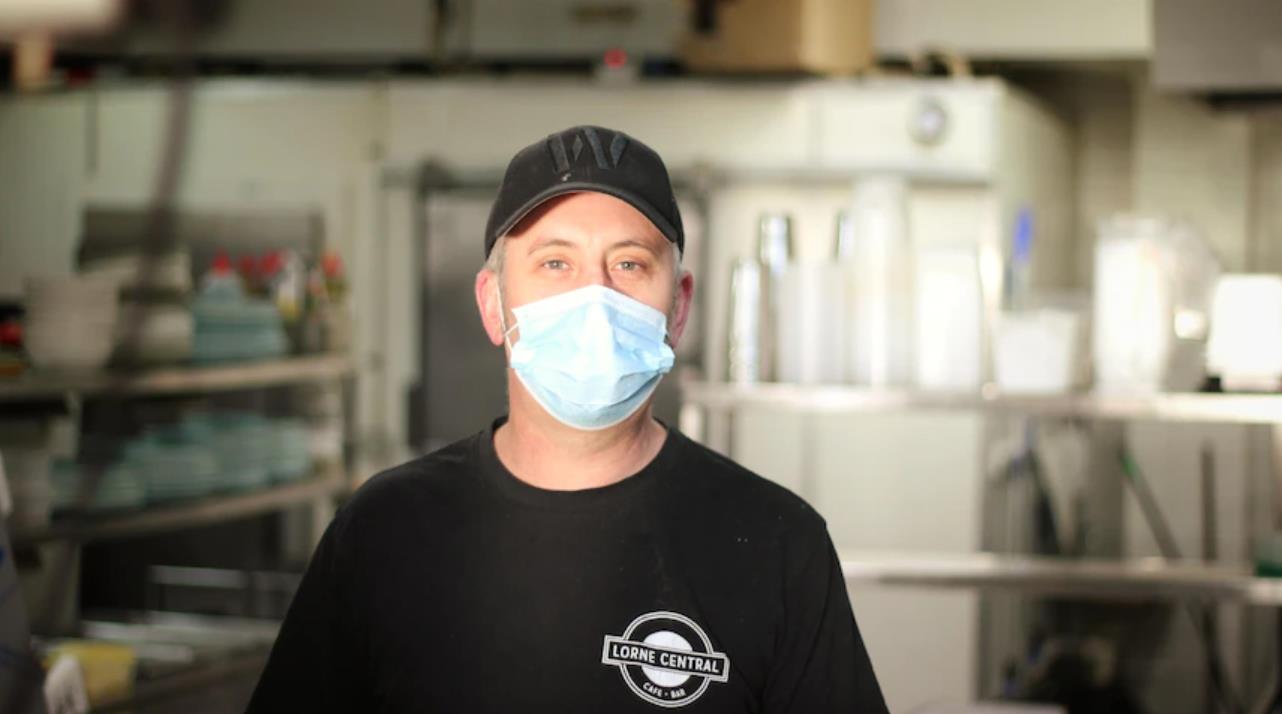
Businesses ‘on a tightrope’
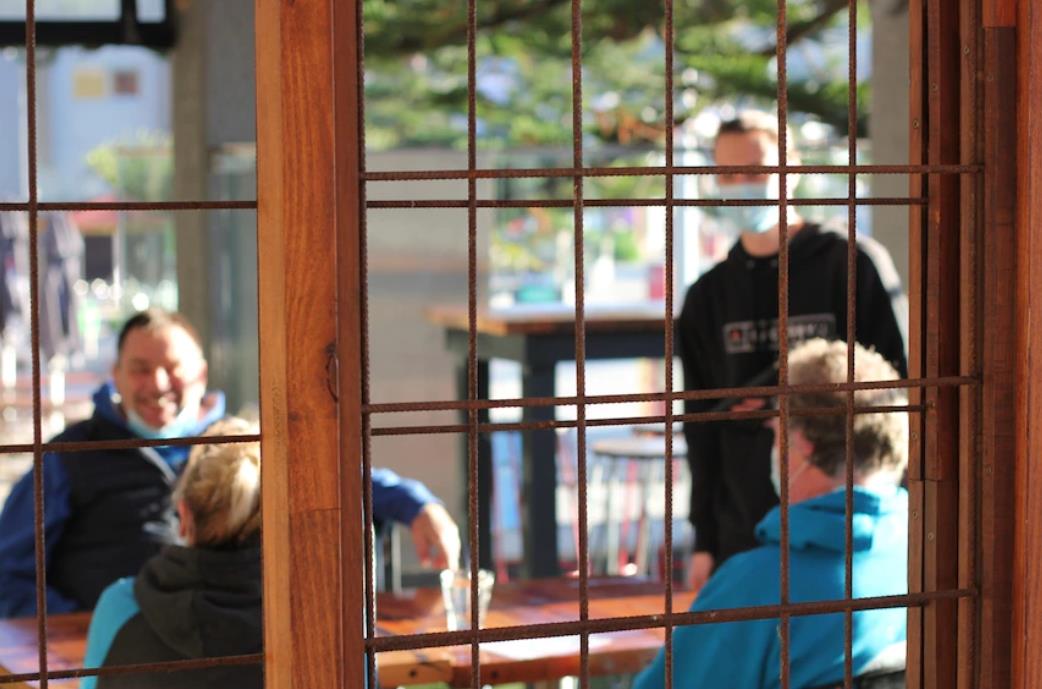
Chris says it means the losses incurred from Melbourne’s four lockdowns aren’t being made back, because he can’t operate at 100 per cent capacity.Tourism in Australia – July 2021
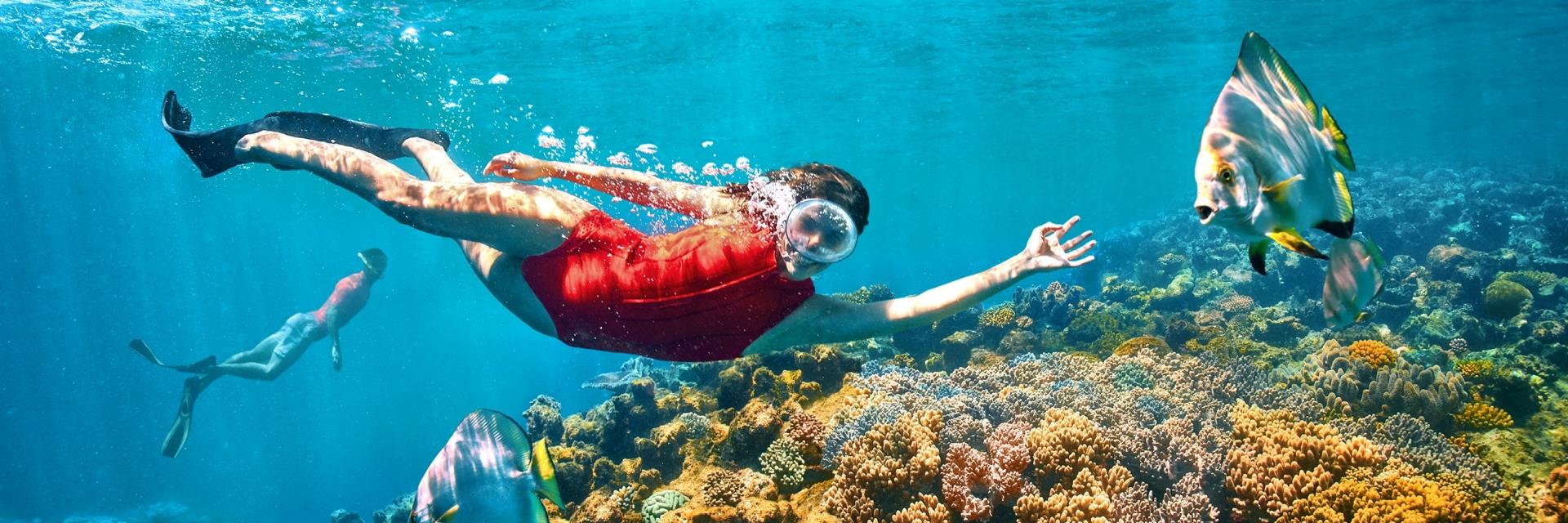
Following the National Cabinet Meeting on the 9TH July 2021, the Prime Minister of Australia provided a few updates, including details on the progress for the ‘pathway out of COVID-19’ which will be finalised in coming weeks. It was also agreed that South Australia will commence the first trial of home quarantine arrangements for returning travellers who are fully vaccinated, which is really positive news for the tourism sector.
Click for More Articles

Australia’s loss of migrants has resulted in its slowest population growth since World War II — which will undoubtedly affect Australia’s GDP and economic growth post-pandemic. “While Australia has also released its most ambitious migration targets, Australia is still yet to reopen it’s borders,” Lehmann explains.
As of today, new international students have been unable to enter Australia for 469 days. Coming from a country praised for its early handling of the pandemic, this is not only surprising but confusing for international students, universities and stakeholders running thin on patience. “Our relatively low case numbers and containment of the virus were potentially going to work to our strong advantage once the borders reopened,” Lehmann recalls.
As students become more discerning higher education customers, they are more cognizant of how their Australian universities continue to support them. “We have institutions who have worked tirelessly to support international students both onshore and offshore during the pandemic,” Lehmann maintains, assuring that the country’s low number of cases will “work in our favour” once borders reopen as students now seek a safe study destination. “It would be really helpful to everyone in the sector, including international students, if a whole-of-government timeframe or framework could be implemented that could clearly outline the projected relationships between vaccination numbers, return of Australian citizens and the opening of borders to international students,” she adds. Frustrations lie largely with the federal government, which continues to enact hard-line border policies without a reliable return plan for international students. While states, territories, and universities have come up with plans to bring students back, nothing can happen as long as the border remains shut to international students. As Lehmann says, “Students don’t care which level of government makes which decision. They just care about getting on with their future.” “Once we can safely reopen our borders to international students, we will be in a good position to rebuild. The recovery will be slow, and it will be long, but we will recover,” she says. “For those students still waiting to return to Australia – or to come here for the first time – my advice to you is to keep going. You are a much valued and much missed part of Australian society.”
Having monitored student sentiment on social media, she confirms that international students stuck offshore are following the response of various countries. They are comparing, contrasting, and forming new decisions. One thing is clear: “The future of Australia’s international education recovery now largely relies on the rapid and effective rollout of the vaccine here, and putting in place a solid timeline for its borders to reopen,” Lehmann says.
Click for More Articles


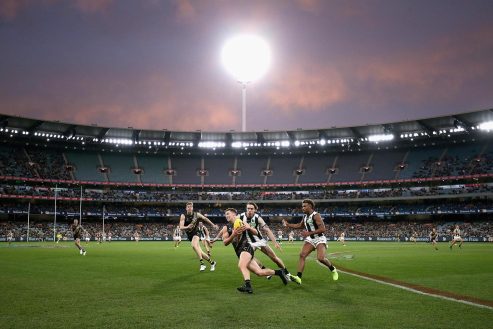

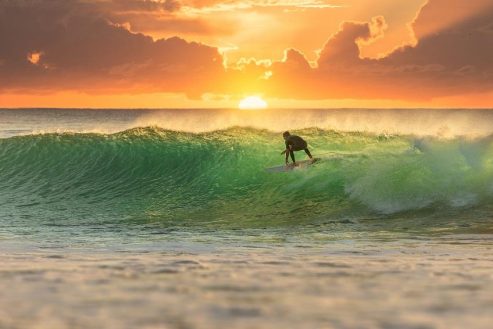

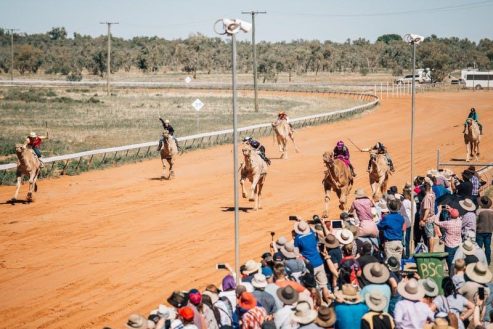

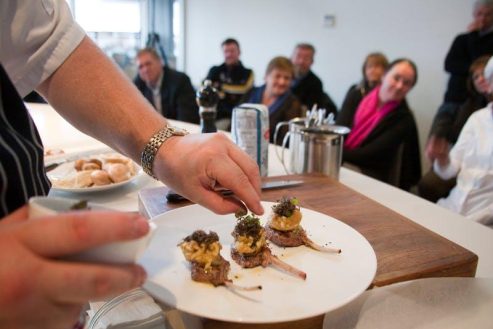
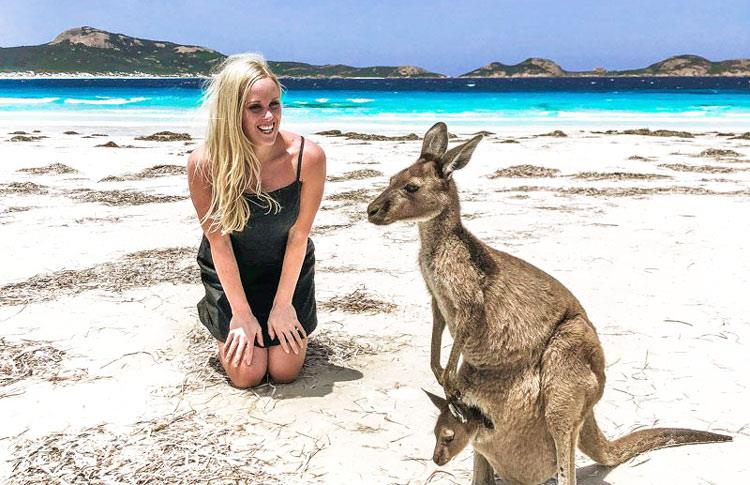
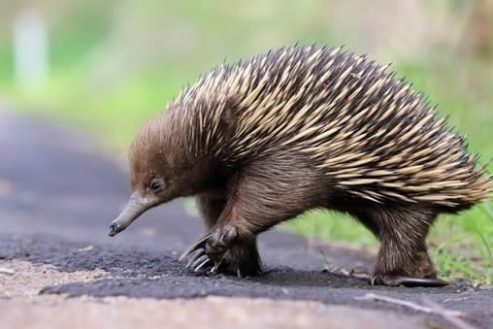
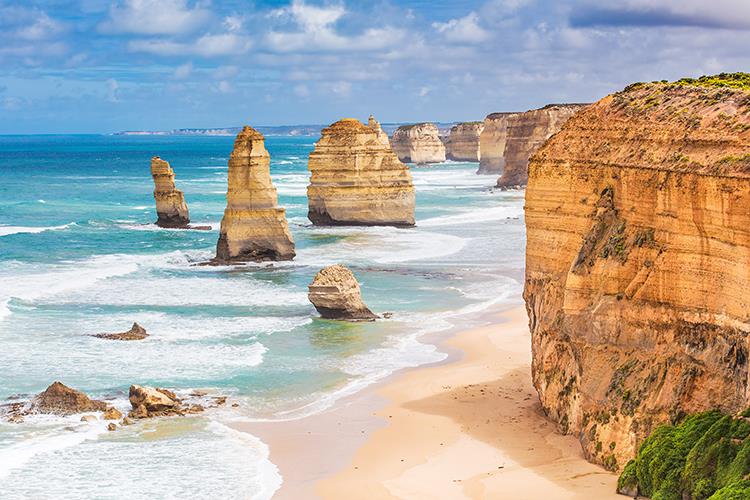
As legislation and travel requirements are constantly changing, we strongly recommend obtaining advice on your individual situation from a Registered Migration Agent. Please click here to book a consultation with one of our Registered Australian Migration Agents, located in Australia.






You can manage your membership and billing method by clicking here
Terms of Service
Privacy Policy
Copyright © 2025 Office of Immigration Australia, a private company registered in Australia. All Rights Reserved.